You’ve studied the FAR/AIM, memorized airspace rules, and nailed the cross-country planning. But once the oral is over, it’s time for the real test: the flight itself.
At Angel Aviation, we train our students to not just pass the checkride — but to fly with confidence, precision, and safety every time they take the controls. This guide breaks down what your examiner will expect during the flight portion of your Private Pilot checkride, and how to prepare like a pro.
🎯 What the Examiner Is Looking For
According to the Private Pilot Airman Certification Standards (ACS), the flight portion is about more than maneuvers. Your Designated Pilot Examiner (DPE) is evaluating:
- Safe and effective aeronautical decision-making (ADM)
- Solid stick-and-rudder skills
- Smooth coordination of flight controls
- Clear, professional communication with ATC or CTAF
- Use of checklists and proper cockpit management
You’ll be expected to fly within specific tolerances — but also to understand why you’re doing what you’re doing.
💡 Angel Tip: Think like a PIC from the moment you taxi out. The DPE isn’t just testing your flying — they’re evaluating your judgment and confidence as a pilot.
🛫 PPL Flight Test Overview
📚 Ref: ACS Areas II–VI
Your examiner will walk through each flight task listed in the ACS. Here’s what to expect in the air:
✈️ Preflight Procedures (ACS Area II)
Includes everything from the preflight inspection to radio setup and taxi procedures. Be ready to:
- Perform a thorough walkaround and explain what you’re checking
- Brief the passenger (the examiner) with a safety briefing
- Use checklists for engine start, taxi, and run-up
- Practice runway incursion avoidance and use of airport signage
🧑✈️ Examiner might ask:
“What would make you reject this flight before takeoff?”
🧭 Takeoffs, Landings & Go-Arounds (ACS Area III)
You’ll be tested on multiple types of takeoffs and landings, including:
- Normal takeoff and landing
- Crosswind takeoff and landing
- Short-field takeoff and landing
- Soft-field takeoff and landing
- Go-around/rejected landing
🎯 Performance standards:
Land within +200 feet of your selected point (short field) without excessive float or ballooning.
💡 Angel Tip: Always add in a go-around during your training flights — you’ll likely do one during the checkride.
✈️ Airport Operations (ACS Area IV)
Expect to demonstrate:
- Correct radio calls on CTAF or with tower
- Taxiing with awareness of signs, markings, and hotspots
- Appropriate use of lights and strobes
- Holding short procedures
💬 Scenario you might hear:
“You’re holding short at a towered airport and don’t hear back from ground — what do you do?”
🌤️ Performance & Ground Reference Maneuvers (ACS Area V)
These demonstrate your ability to fly precisely and manage energy:
- Steep Turns (45° bank, maintain altitude ±100 ft, heading ±10°)
- Slow Flight (maintain altitude and heading while flying near stall)
- Power-Off Stall (simulated landing stall)
- Power-On Stall (simulated takeoff stall)
- Rectangular Course
- Turns Around a Point
- S-Turns Across a Road
🧠 Pro Tip: Don’t just “perform” these — explain them. Your examiner wants to hear what you’re doing, why, and how you’re managing the airplane.
📍 Navigation (ACS Area VI)
You’ll fly a short VFR cross-country leg and demonstrate:
- Use of pilotage and dead reckoning
- Checkpoints and time estimates
- Diversion to a new destination
- Lost procedures (if you “lose” your position mid-flight)
🧭 Angel Tip: If asked to divert, circle your finger on the chart, draw a line, estimate heading/time/fuel — and fly the airplane first.
🔧 Emergency Operations & Systems (ACS Area VII)
You’ll be tested on at least one simulated emergency:
- Engine failure in flight (know your ABCs: Airspeed, Best field, Checklist)
- Engine failure after takeoff (talk through the glide, options, and priorities)
- Systems or electrical failure (if simulated)
- Emergency descent (if applicable)
🚨 Angel Tip: Be clear and methodical. Aviate first, then navigate and communicate.
🧑✈️ Basic Instrument Maneuvers (ACS Area VIII)
Under simulated instrument conditions (using a view-limiting device), you must demonstrate:
- Straight-and-level flight
- Constant airspeed climbs/descents
- Standard rate turns
- Timely recovery from unusual attitudes
🎯 Standards: Maintain altitude ±200 ft, heading ±20°, airspeed ±10 knots
✅ How to Prepare for the Flight Portion
- Know the ACS standards. Your examiner will use them — you should too.
- Fly like you brief. Say what you’re doing and why.
- Use your checklists. The DPE is watching for checklist discipline.
- Brief each maneuver. Know the objective, setup, execution, and recovery.
- Practice passenger briefings. Treat your examiner like a passenger — until they turn into your DPE.
✈️ Final Words from Angel Aviation
The flight portion of your checkride isn’t just about perfect maneuvers — it’s about showing that you’re ready to be the pilot-in-command.
Take a deep breath, fly your plan, and trust your training. You’ve done these tasks dozens of times already — now it’s time to demonstrate them with purpose and professionalism.
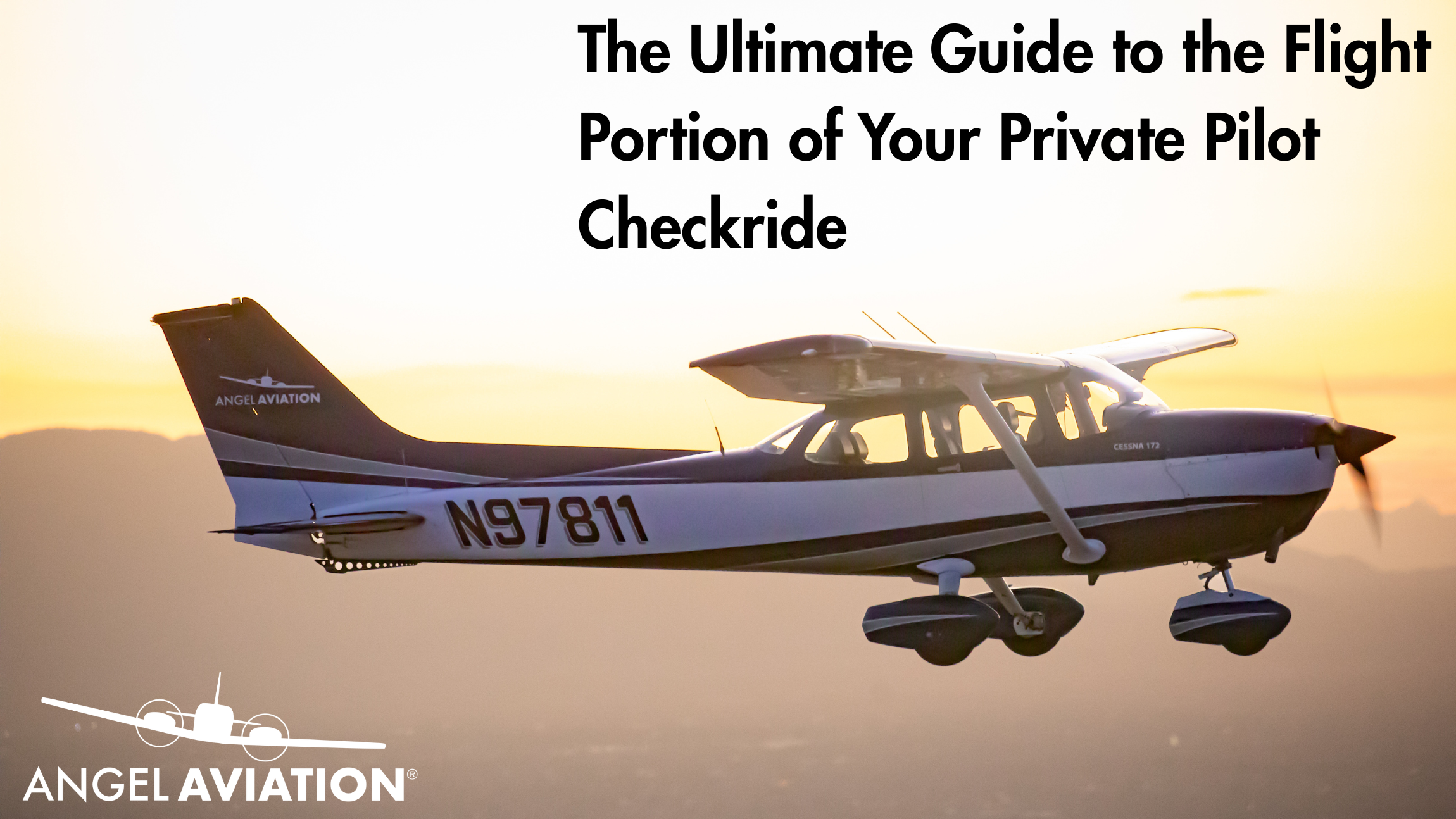
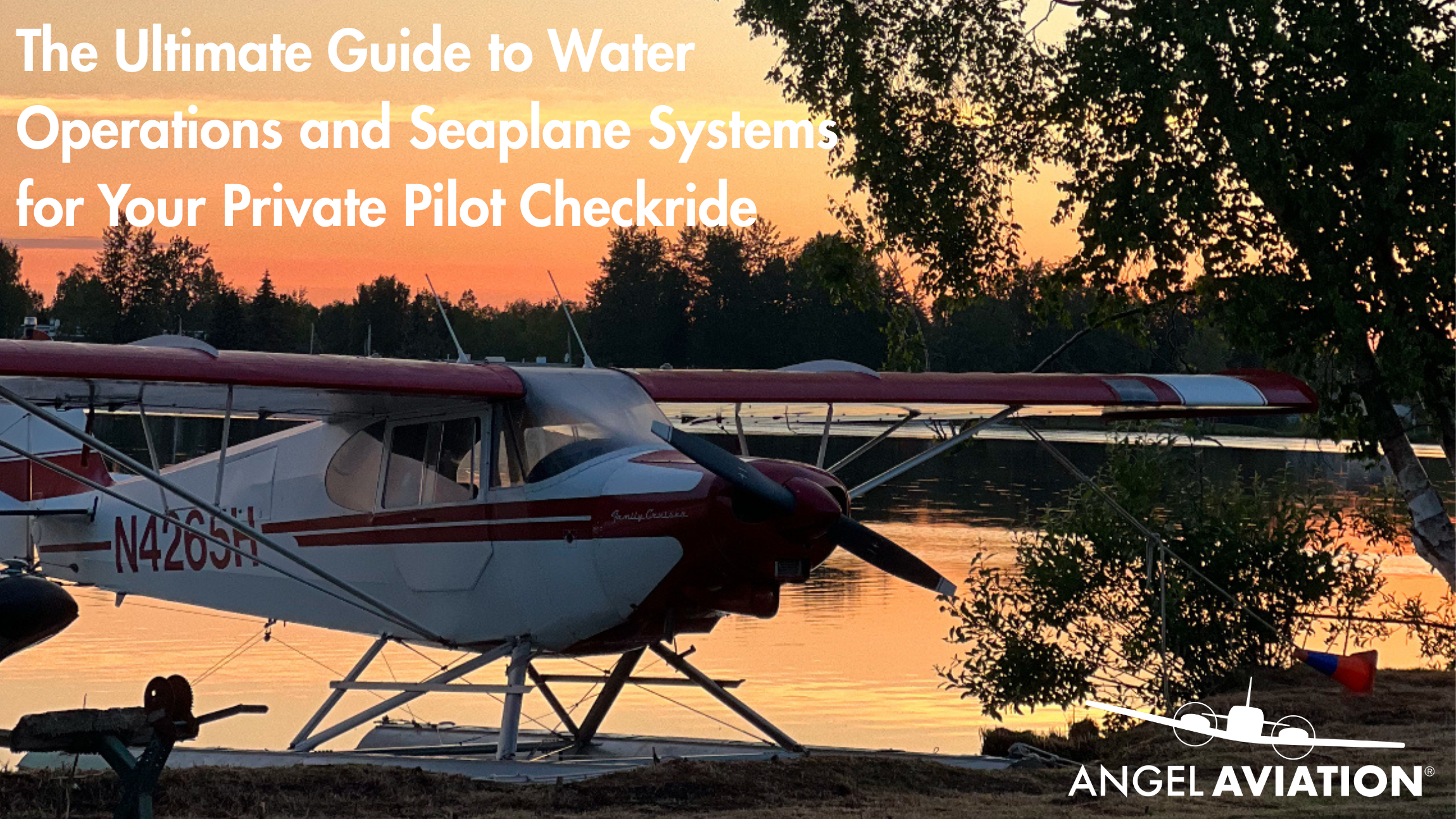

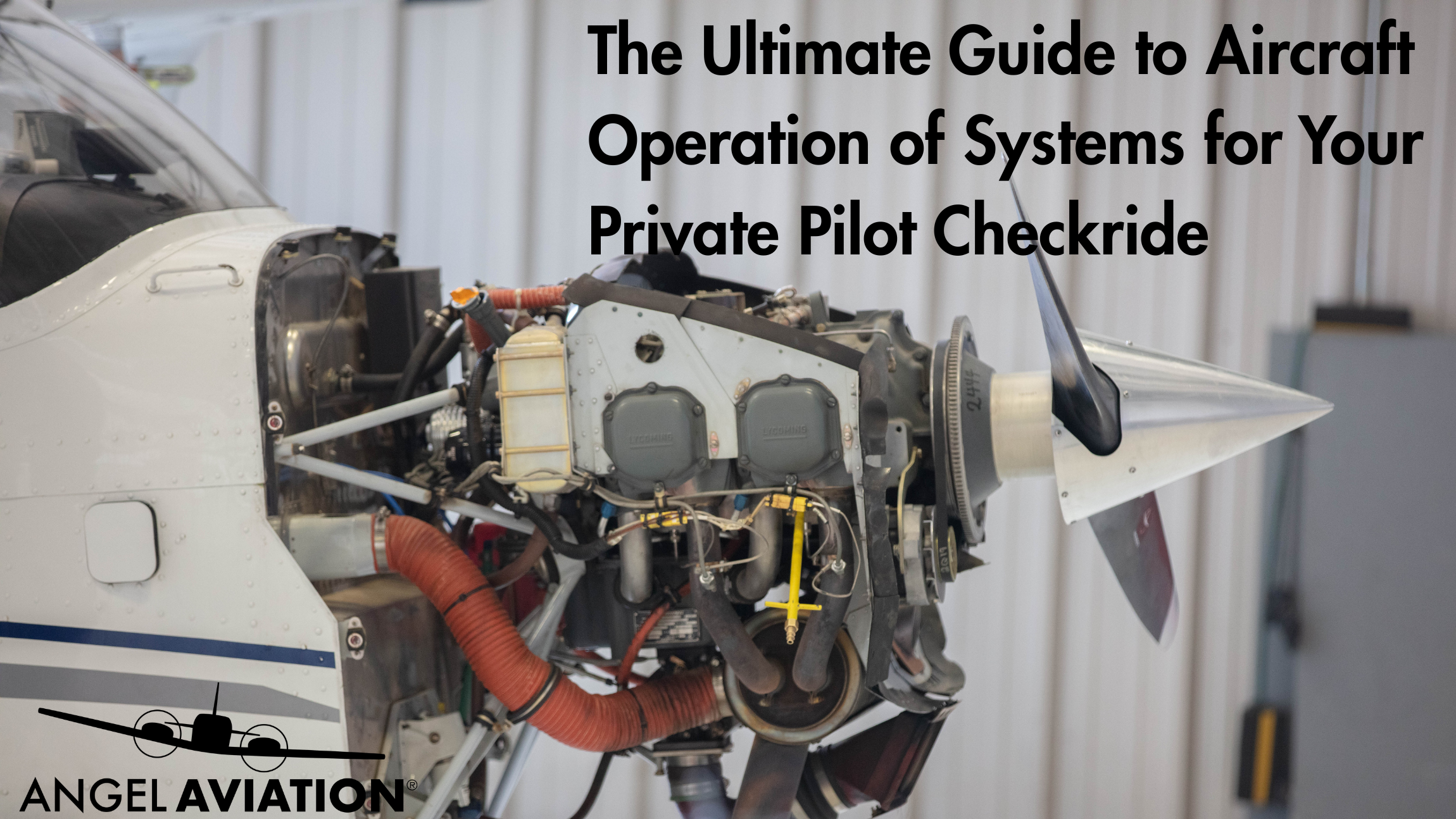
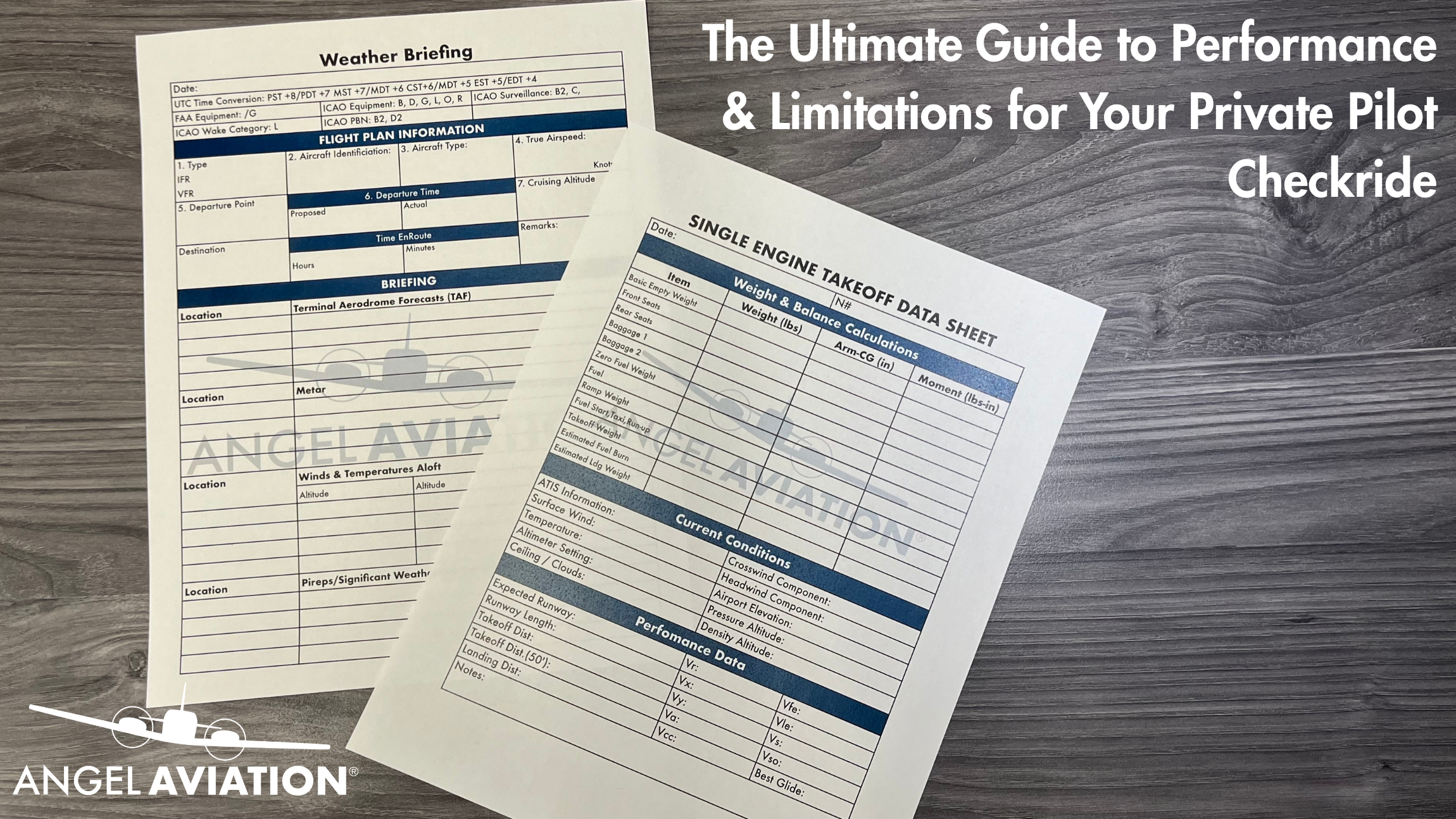
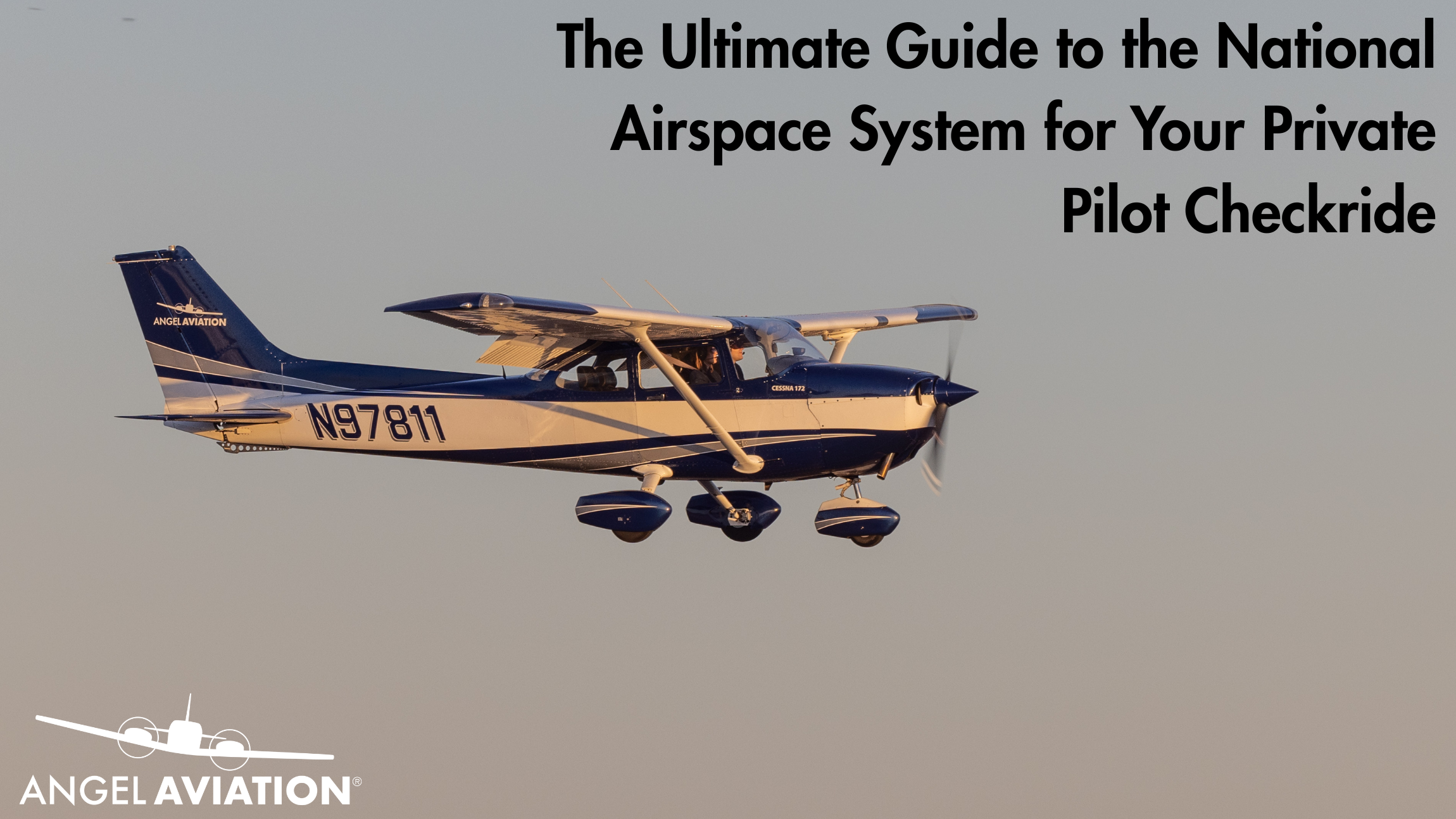
Leave A Comment